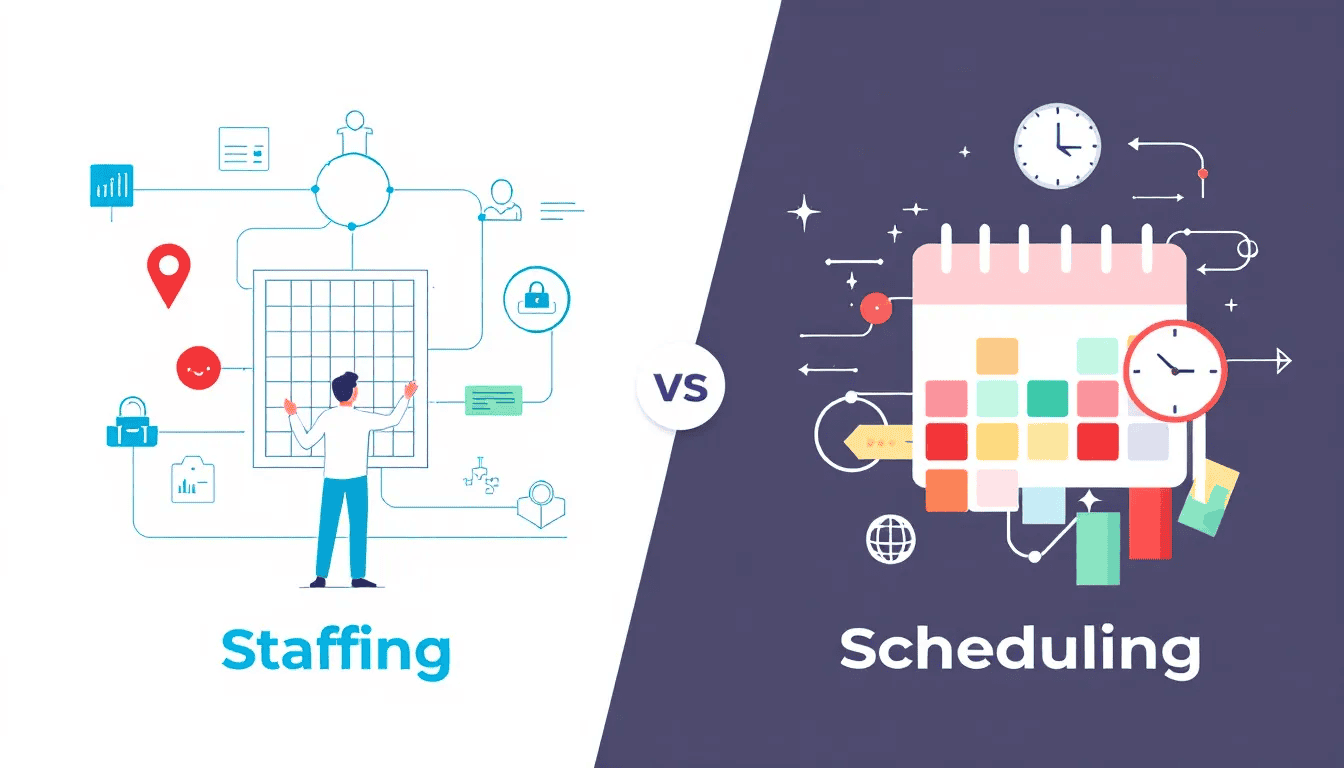Implementing An Effective Leave Management System

One of the most impactful ways to help employees manage their work-life balance is by introducing an effective leave management system within your organisation. This can be done through staff handbooks or intranet sites but can also be done through the use of dedicated leave management software that not only streamlines the process of managing staff leave requests but also provides an array of reports to help managers manage their teams effectively.
Adopting this policy can help increase morale and productivity for your staff, keeping them happy and motivated. Studies show that employees who take their full holiday entitlement are more likely to feel valued by their employer, be more productive and perform better in their jobs.
It is also a legal requirement that employees receive statutory holiday entitlement from their employer.
4 Steps For Effective Leave Management
No matter how big or small your organisation, you must have a system to manage the needs of every employee.
This includes any time that an employee may need to take off from work. An effective leave management system must allow your employer to meet its legal obligations, ensure fairness for all employees, and provide employees with the flexibility they need to manage their responsibilities both at work and home.
This is an important consideration for companies of all sizes, particularly when considering how technology can establish a fair and effective leave management system.
This article will outline four steps you should take to ensure your employees’ leave tracking and approval process is as effective as possible.
Step 1: Untangle the Policy Plan
The first step in developing an effective leave management system is to detangle any existing written policy plan.
This will allow you to see each benefit in its entirety and highlight any areas that may need improvement.
Suppose the policy is complicated or worded in a way that makes it difficult to understand. In that case, you will need to consult with an employment lawyer or your local government services.
Once you clearly understand the policy, you can then develop a procedure that outlines the steps an employee should take to request and approve leave.
Step 2: Use HR Technology to Your Advantage
Technology can be used to improve many aspects of leave management, including the following:
- Tracking employee time off to ensure compliance with regulatory laws
- Keeping track of your company’s paid time off benefits
- Providing HR managers with the necessary tools to monitor and approve leave for their employees
As long as technology is used to ensure compliance, employers should have no problem using their existing HR technology to manage employees’ time off.
It is also possible for you to develop a policy that states that if an employee leaves their workstation for any period, the employee’s activities should be logged in their company system.
Step 3: Develop a Procedure to Cover Employee Leave
With the policy and technology at your disposal, you must create a procedure that outlines exactly how employees should request and receive leave approvals.
This is critical for providing flexibility to the employee while ensuring that his or her responsibilities at work are covered.
It is also important to clearly define the process for approving and denying leave requests, including any steps employees must take if they disagree with a decision.
Finally, HR professionals need to communicate this information internally and ensure every employee has access to the procedure.
This will help create a culture where managers and employees alike work together to ensure the needs of each individual are met.
Step 4: Don’t Be Afraid to Implement Rules Around Scheduling
While fixed hours and schedules can provide a sense of consistency and security for employees, they typically do not go well with the ever-changing needs of families.
It can be difficult for companies to balance their need for consistency with employees’ desire for flexibility.
However, this is a crucial aspect of effectively managing employees’ time off.
By implementing rules around scheduling—such as requiring employees to get approval for any change to their schedule—you can establish a strong system of checks and balances that helps employees manage their time off while still meeting the needs of the business.
As long as employees know exactly what they need to do and managers understand the importance of approving requests for time off, everyone will benefit.
Thank you for reading this blog post on the benefits of leaving an old management system. If you’re looking to explore what it might mean for your company, our team can help by providing guidance and answering any questions that come up along the way. We hope that we’ve given you some solid reasons why now is a great time to invest in new technology solutions. To learn more about how we can provide insight into these kinds of decisions, visit us at www.scheduleleave.com



